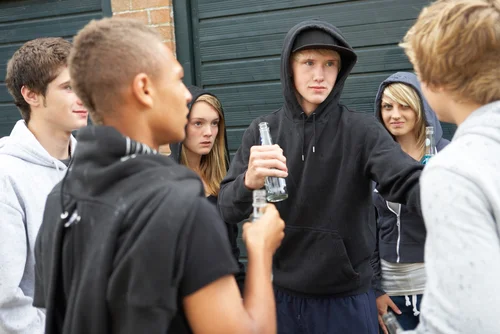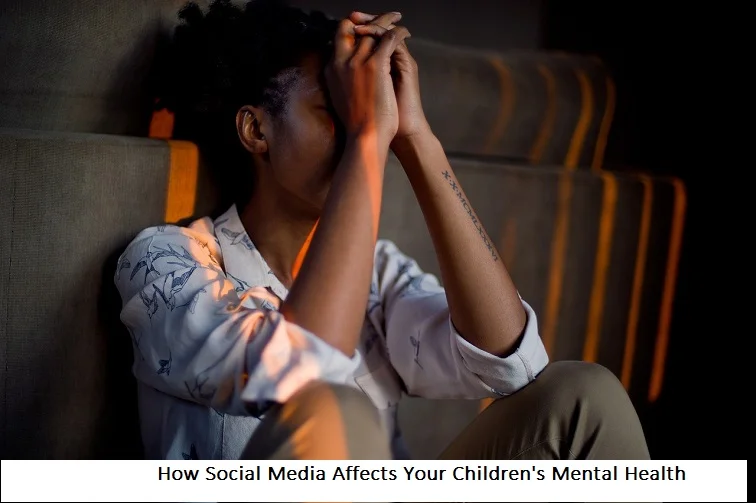+1 845 259 2974 (11 a.m to 7 p.m CST)
Top 5 Factors Behind Teen Gang Involvement

Teen gang involvement remains a pressing issue in many communities worldwide, posing significant challenges to public safety, youth development, and social cohesion. As of 2025, the problem continues to evolve, influenced by technological advancements, shifting social dynamics, and economic fluctuations.
Understanding the root causes of this phenomenon is crucial for developing effective prevention and intervention strategies. This article explores the top five factors contributing to teen gang involvement, offering insights into the complex interplay of personal, social, and environmental elements that draw adolescents into gang life.
Socioeconomic Disadvantage
Economic deprivation and limited opportunities for advancement play a significant role in driving teens towards gangs. In neighborhoods plagued by poverty and unemployment, gang membership can be seen as a means of achieving financial stability and social status. Gangs often offer material incentives, such as money and flashy possessions, which can be alluring to adolescents who lack access to legitimate avenues of economic success.The impact of socioeconomic disadvantage extends beyond immediate financial needs. It often results in:
- Limited access to quality education and after-school programs
- Reduced job prospects and career opportunities
- Feelings of hopelessness and disillusionment with mainstream society
- A perception that gang involvement is a viable path to upward mobility
Moreover, in areas with high income inequality, the stark contrast between the haves and have-nots can fuel resentment and a desire for quick financial gains, which gangs promise to provide.
Family Dynamics
Poor parental supervision and negative family characteristics are strongly associated with increased risk of gang involvement. Teens from single-parent households or families living below the poverty level are disproportionately represented among gang members. A lack of positive adult guidance can leave youths vulnerable to gang recruitment, especially when parents have criminal histories or fail to provide a stable home environment.Additional family-related factors include:
- Domestic violence and abuse, which can drive teens to seek safety and belonging elsewhere
- Intergenerational gang involvement, where family members' gang ties normalize the lifestyle
- Lack of emotional support and communication within the family unit
- Absence of positive role models within the immediate family circle
Family instability can also lead to frequent moves, disrupting social connections and academic progress, further increasing vulnerability to gang recruitment.
Peer Influence and Social Factors
The desire for acceptance, identity, and belonging is a powerful motivator for teens to join gangs. Adolescents are particularly susceptible to peer pressure, and the need to prove themselves to friends can drive them to engage in criminal activities. Gangs offer a sense of camaraderie and protection that appeals to those who feel marginalized or disconnected from mainstream society.Social media and digital platforms have amplified peer influence, with gangs using these channels to:
- Glorify gang lifestyle and activities
- Recruit new members through targeted messaging
- Coordinate activities and communicate covertly
- Intimidate rivals and assert dominance in digital spaces
The allure of instant fame through viral content can also draw teens into gang-related activities for the sake of online notoriety.
Individual Risk Factors
Several individual characteristics are associated with higher odds of gang membership, including:
- Prior delinquency
- Illegal gun ownership
- Drug trafficking
- Anti-social attitudes
- Aggression
- Alcohol and drug use
- Early sexual activity
These factors can make teens more susceptible to gang recruitment and involvement.Additionally, psychological and developmental factors play a role:
- Low self-esteem and a need for validation
- Poor impulse control and risk assessment skills
- Mental health issues such as depression or PTSD
- Learning disabilities or academic struggles that lead to disengagement from school
- A history of trauma or victimization that creates a desire for perceived strength and protection
The combination of these individual risk factors with environmental pressures can create a perfect storm for gang involvement.
Community and Environmental Factors
The community environment plays a crucial role in teen gang involvement. High crime rates, drug use, and concentrated disadvantage in neighborhoods can lead to decreased informal social control and community attachment. This creates an environment where gang membership may be perceived as offering benefits or protection to young people. Additionally, exposure to violence and criminal behavior can desensitize teenagers to the consequences of illegal activities, making gang involvement seem like a viable option.Other community factors include:
- Lack of community resources and positive youth programs
- Weak law enforcement presence or strained police-community relations
- Visible gang activity that normalizes the lifestyle
- Limited economic opportunities within the legal job market
- Inadequate public transportation, isolating youth from broader opportunities
- Presence of abandoned buildings or poorly maintained public spaces that can serve as gang territories
The interplay between these community factors creates an ecosystem where gangs can thrive and attract young members.
Understanding these factors is crucial for developing effective prevention and intervention strategies. It's important to note that while certain demographic groups may be at higher risk, gang members come from all backgrounds. Addressing teen gang involvement requires a comprehensive approach that tackles socioeconomic issues, strengthens family support, provides positive alternatives for youth, and improves community conditions.
As we move forward in 2025 and beyond, it's essential to adapt our strategies to the changing landscape of teen gang involvement. This includes leveraging technology for positive youth engagement, addressing the impact of social media on gang culture, and developing innovative educational and vocational programs that offer real alternatives to gang life. By addressing these root causes and providing holistic support to at-risk youth, communities can work towards breaking the cycle of gang involvement and creating safer, more prosperous environments for all young people to thrive.























